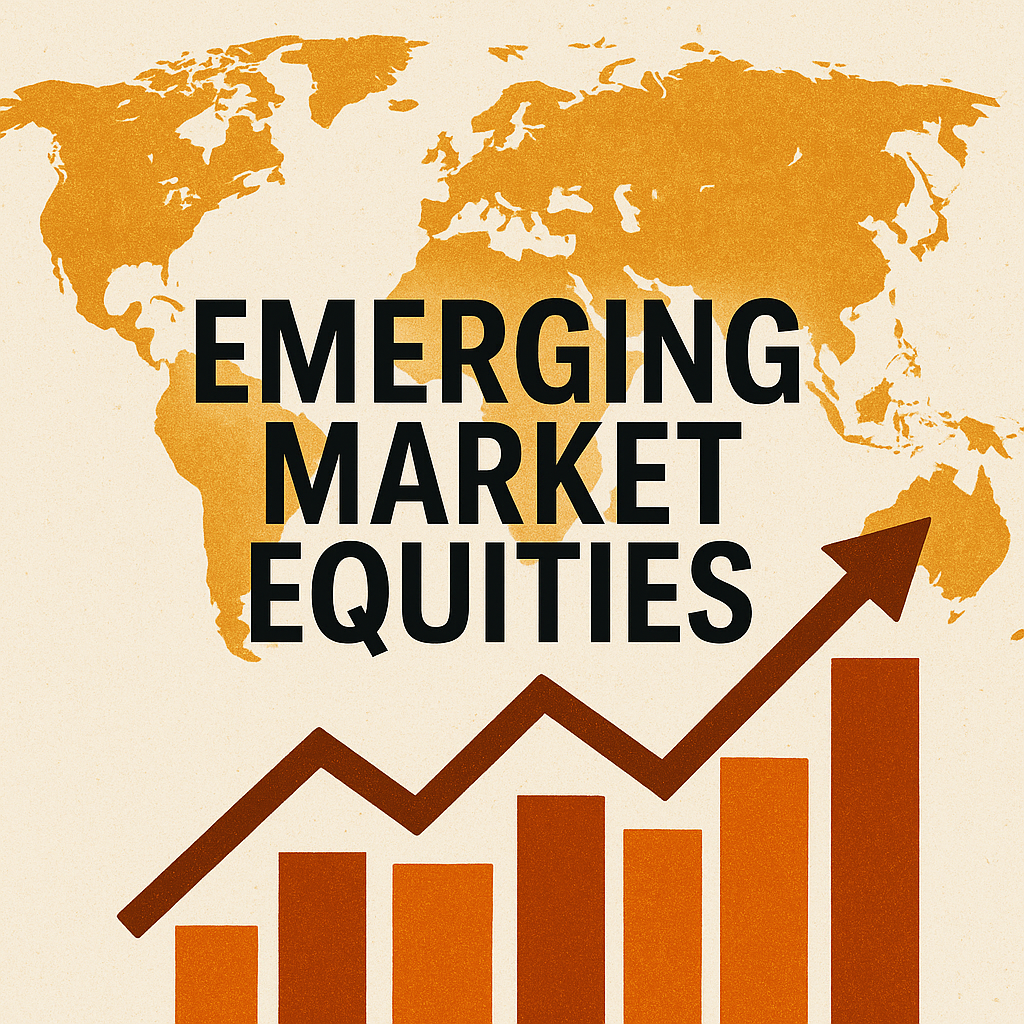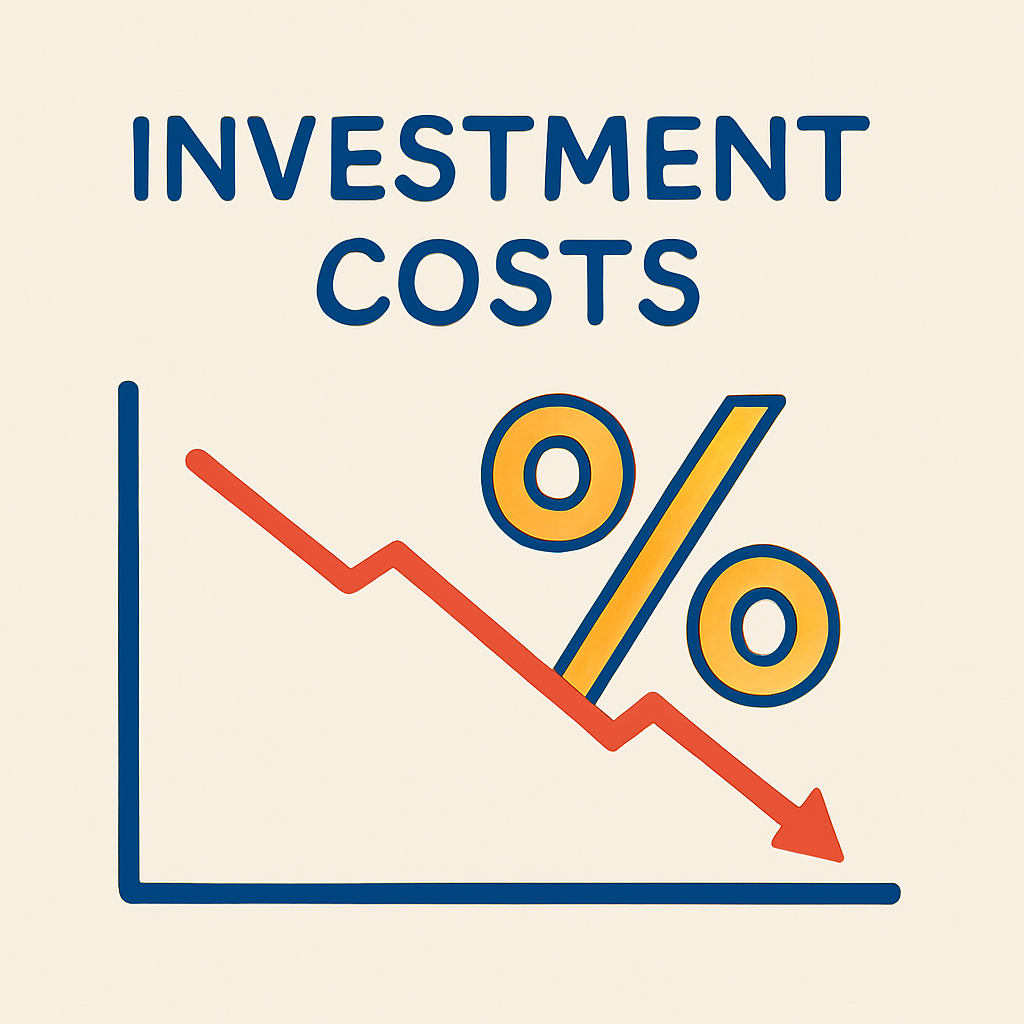Featured and Latest Posts

The Long Shadow of 1989: Japan’s Markets Against the Developed World
For many investors, Japan can feel like a puzzle. The Nikkei 225 once symbolised unstoppable growth, rising sixfold in the 1980s before peaking in 1989. What followed was decades of stagnation: the market regained its high only thirty five years later, as U.S. and European shares pushed ahead. This long stretch of disappointment has made Japan seem risky or unusual, but in reality the lesson is simple. Valuations matter—buying into markets when prices are extreme can lock in years of weak returns. At the same time, Japan shows the importance of diversification. No single country, however dynamic, is immune to setbacks. For retail investors, the takeaway is not that Japan should be avoided, but that it is one part of a wider global portfolio, balancing risk and opportunity across regions.

Emerging Market Equities: Returns, Risk, and the Long View
Emerging market equities promise growth, but the journey has never been smooth. Over the past decade, they have badly lagged developed markets, returning only 3 per cent per year against nearly 10 per cent for MSCI World. Yet step back to a twenty-year view and the picture looks different: emerging markets have delivered close to 10 per cent annually, outpacing developed markets. Since their inception in 1988, returns have been broadly similar between the two, though emerging markets have endured far deeper drawdowns and longer recoveries.
The central question is whether investors can rationally expect a return premium from EM. Valuations today suggest they should: price-to-earnings ratios are lower and dividend yields higher than in developed markets, particularly the US. But higher expected returns are not guarantees.

Do Lower Investment Fees Lead to Greater Wealth?
It is no secret that investment costs eat into returns, yet few investors appreciate the scale of the damage when those costs are layered. Fund charges, platform fees, adviser fees, and discretionary management can easily add up to 2–3% per year. Whilst that might sound modest, the compounding effect is severe: over 40 years, a high-fee portfolio can leave you with less than half the wealth of a low-fee alternative. Academic and regulatory evidence shows higher fees rarely deliver better outcomes—making cost one of the few factors investors can and should control.

Does Gold Deserve a Place in Your Portfolio?
Gold has captivated human societies for millennia, from Roman coins to central bank vaults. Today, it’s often seen as a safe haven or inflation hedge—but how does it actually stack up as a long-term investment?
This post examines gold’s track record across nearly a century, comparing its returns, volatility, and portfolio role to equities, bonds, property, and cash. The evidence shows that whilst gold preserves purchasing power and shines in crises, it lacks the income and compounding power of productive assets. Still, with low correlation and strong performance during market stress, gold can play a valuable diversifying role—particularly when used strategically alongside stocks and bonds.



Good financial decisions aren’t about predicting the future—they’re about following a sound process today.
In investing, outcomes are noisy. Short-term performance often reflects randomness, not skill. Yet fund managers continue to pitch five-year track records as if they prove anything. They don’t.
As Ken French puts it, a five-year chart ‘tells you nothing’. The real skill lies in filtering out the noise—evaluating strategy, incentives, costs, and behavioural fit.
Don’t chase what worked recently. Stick with what works reliably.